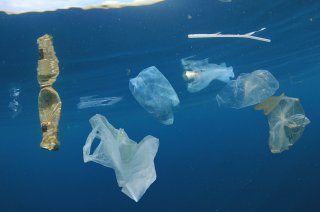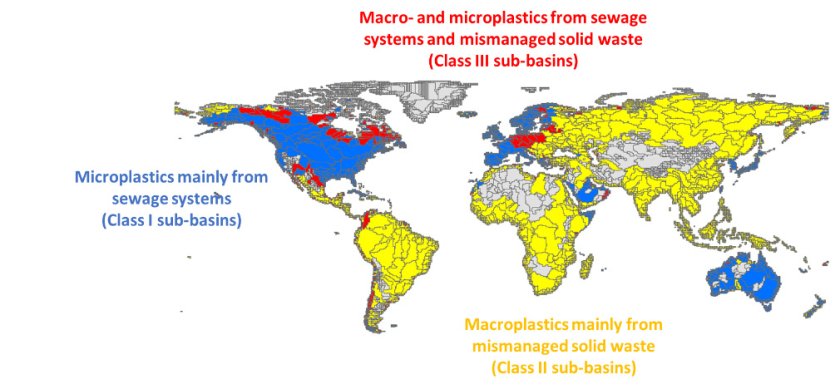
category_news
New research reveals global plastic pollution patterns in river basins
Plastic pollution in the world's oceans is a critical environmental issue that demands urgent attention. A recent study published in Nature Communications has shed light on the complex dynamics of plastic pollution in river basins, offering valuable insights into the sources and types of plastics that contribute to the crisis. Its findings are poised to transform the way policymakers address plastic pollution.
Plastic pollution poses a severe threat to aquatic ecosystems, human health, and the overall well-being of our planet. Despite numerous efforts to curb plastic waste, the magnitude and complexity of this challenge have required innovative approaches to understanding its origins and addressing its sources. The study addresses four critical knowledge gaps that have hindered effective pollution reduction strategies:
1. Interrelations between Macro- and Microplastics
The study highlights the intricate relationship between macroplastics (particles
larger than 5 mm) and microplastics (particles smaller than 5 mm). By modeling
their joint behavior, researchers have unveiled how changes in macroplastic
concentrations can impact microplastic flows, opening new avenues for impactful
policy decisions.
2. Spatial Origin of Plastic Pollution
Unlike previous research, which focused on specific pollutants, the study examines the spatial origin of plastic pollution within large river basins across the globe.
This perspective provides a comprehensive view of the contribution of rivers
such as the Mississippi, Amazon, Danube, Nile, and Ganges to plastic pollution
in coastal seas.
3. Sources of Plastics in River Sub-basins
This research introduces a nuanced analysis of the diverse sources of plastic pollution within river sub-basins. By considering both point sources, like sewage systems contributing to microplastics, and diffuse sources, like mismanaged solid waste leading to macro- and microplastics, the research offers vital insights for crafting holistic strategies to combat plastic pollution.
4. Integration of Plastic Type, Spatial Origin, and Humas Sources
The study bridges the gap between different aspects of plastic pollution, combining information about plastic types, their origins, and the specific human activities responsible for their presence in rivers and seas. This integrative approach enables a more precise identification of the most polluting rivers and aids policymakers in developing targeted solutions.
MARINA-Plastics model
By developing the innovative MARINA-Plastics model, researchers estimated that rivers globally export around 0.5 million tons of plastics annually. The study identifies areas where microplastics dominate due to sewage effluents and regions where macroplastics are prevalent due to mismanaged solid waste. These insights are expected to play a pivotal role in the formulation of effective policies aimed at reducing plastic pollution.
Dr. Maryna Strokal, the first author of the study, commented, "Our research provides a comprehensive understanding of plastic pollution patterns in river basins. By addressing the critical knowledge gaps in plastic pollution, we hope to drive meaningful change on a global scale." Dr. Strokal highlights a joint effort of scientists and exports from Wageningen University, Open University and Ministry of Infrastructure and Water Management (Utrecht, Netherlands) in the collaboration to produce this research: “Collaboration is key to make innovation in interdisciplinary research like this. Only together we can contribute to solving a great challenging with plastic pollution in rivers and coastal seas today”
The findings of this study underscore the urgency of collaborative actions to combat plastic pollution, urging governments, industries, and communities to work together in finding solutions. As the world grapples with the mounting environmental challenges posed by plastic waste, research like this brings hope for a cleaner and healthier future for our oceans and planet.
